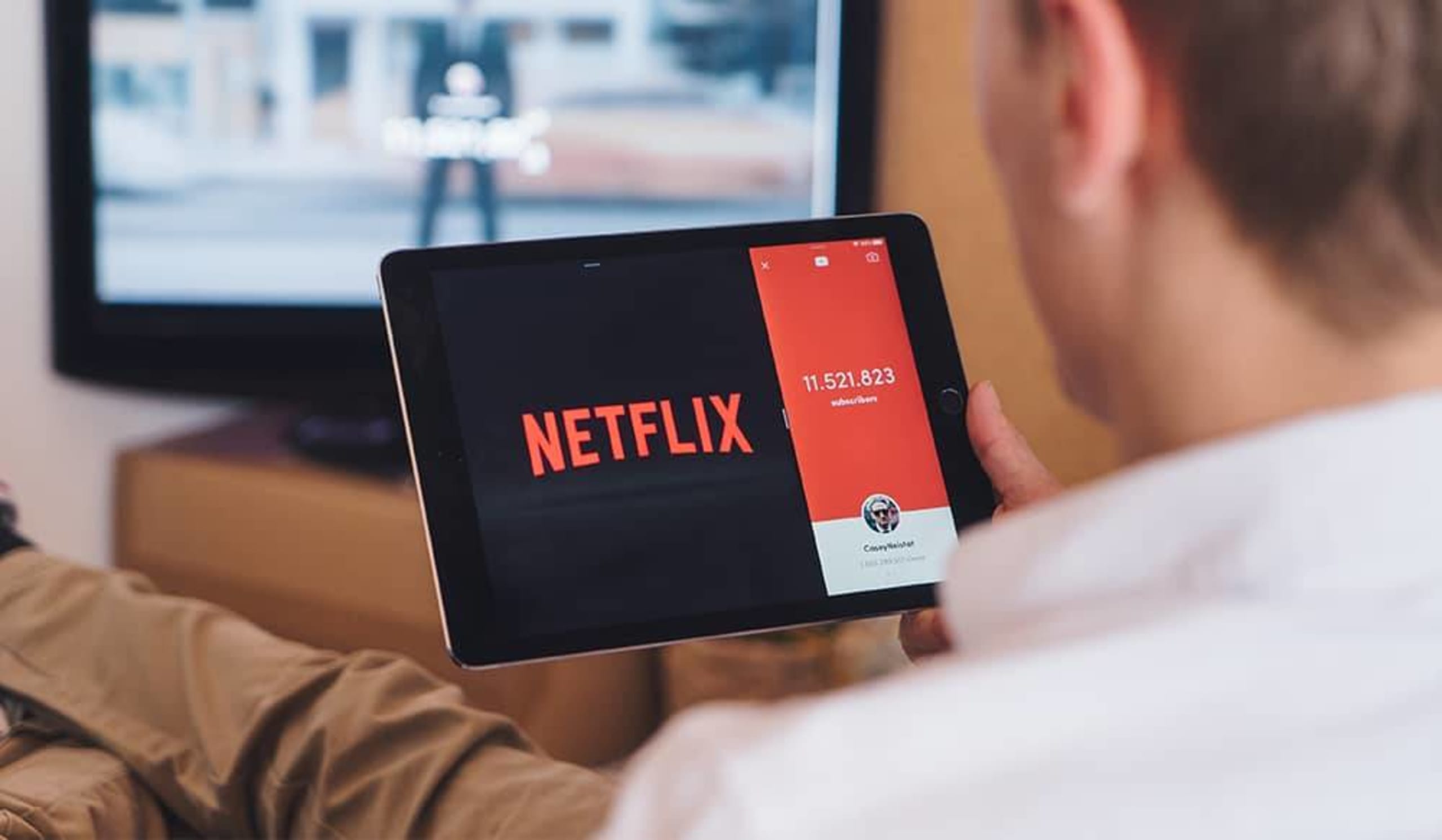
The current state of media is always a direct reflection of what’s going on in our world. That is apparent now more than ever as we look upon the events of the first half of 2020. A common thread is that control is firmly in the hands of our audience, and we in the media field have to constantly learn and adapt quickly to deliver our messages to them.
Social Media Reckoning
COVID-19, social unrest and an impending election have created perhaps the biggest wave of disruption and examination the social media category has ever seen. Up to 51% of adults are spending more time on social media platforms during the pandemic1. It isn’t all roses for Facebook, however, as the July advertiser boycott brought unwanted attention to how they monitor content. Here at Doe-Anderson, we issued a guide to clients that alerted them of the movement in the early stages and provided several solutions on how to handle it.
Facebook isn’t the only one with its share of ups and downs. TikTok accumulated a staggering 48% increase in active users in Q1 alone2, but it also had to fend off government and corporate scrutiny over its handling of data privacy. Twitter, Pinterest and Snapchat increased their user bases as well, but several major advertisers such as Starbucks lumped them into a larger social media “pause” movement, calling for all social outlets to reexamine their policies.
Our social media and analytics specialists are continually monitoring this sea of change through in-house tools and partnerships with companies like NetBase to offer our clients data and recommendations in near real time.
The Evolving TV Landscape
We’re more than pleased Connected TV (CTV) – commercials delivered through streaming sticks like Roku and services such as Hulu – is essentially a standard part of the media mix for our clients. As the means of delivery and programming options continue to fragment, extending the reach of your video messages is crucial. Adding unique impressions onto both linear TV and CTV through additional data-backed TV options is the next step. This can take the form of Video on Demand and programmatic linear TV, which both offer the ability to target individual homes or users with tailored products and messages.
Let’s also not forget standard linear TV, consumed nearly four hours a day by the average American and still offering expansive reach and excellent impact. Those like us who still believe in this medium are enjoying record-low rates because of recent advertiser cutbacks, in some cases 40% cost-per-thousand savings3.
The Sports World in Flux
Sports are not only an important part of the fabric and identity of many Americans, but one of the few remaining live environments an advertiser can use to reach a lot of engaged eyeballs. The sports calendar – an important planning tool for campaign timing and media budget allocation – remains fluid with ongoing debates on cancellations and postponements even after some leagues have restarted. We will have to be patient with these continued modifications and prepare “Plan B” media solutions for our clients so we can pivot quickly heading into Q4 and next year. Two things are certain: Whenever live sports are on, advertisers will flock to the broadcasts, and ratings will soar.
Are People Really Paying Attention to Your Ad?
Impressions and ratings are still valuable statistics for evaluating campaign heft and comparing various media options, but those only tell half the story. WARC, one of our in-house resources, recently released a fascinating guide on accounting for actual user attention to ads. Instead of merely estimating the potential of someone seeing or hearing your message, what if we could prove they actually did and link that to a KPI-like sales lift?
This can be done through a variety of methods – such as eye-tracking, facial coding and neurological studies – that can reveal things like passive or active attention as well as positive or negative affinity. Brands and cutting-edge ad agencies that have instituted these studies can measure the effectiveness of media selection, assign a value to safe and trusted contextual environments and pre-test creative executions.
Bye-bye Cookies – Now What?
Are you a fan of the Chicago Cubs? Reading articles about visiting the Grand Canyon? Shopping for grain-free dog food? Advertisers for years could target you with ease by simply accessing your online browsing history stored in text files called cookies. Google sent shockwaves through the ad world when it announced it will discontinue third-party cookie tracking by 2022 on its Chrome browser due to privacy concerns, essentially sunsetting the primary method many of us use to reach our intended audiences.
Our digital strategists are up to the challenge and actively exploring and refining all the alternative targeting methods at our disposal. A full game plan is admittedly not developed –and if anyone tells you they have one today, they’re lying – but we do see the path to get there. With the help of our clients, vendors and in-house analytics department, first-party data will be key. Contextual targeting and direct site placement will likely no longer take a backseat. New technology and unlikely alliances will occur in the near future among content publishers. All of these things will effectively keep digital advertising viable yet still make the internet a more trusted place for users.
Sources:
eMarketer “Social Media Usage” June 2020
ComScore “Media Metrix Multi-Platform” April 2020
eMarketer “Television Update” April 2020
)
)